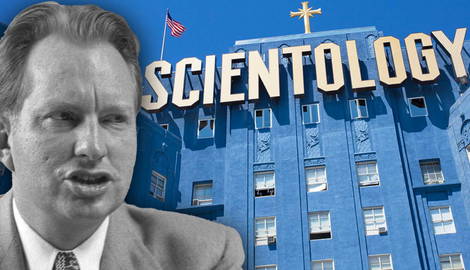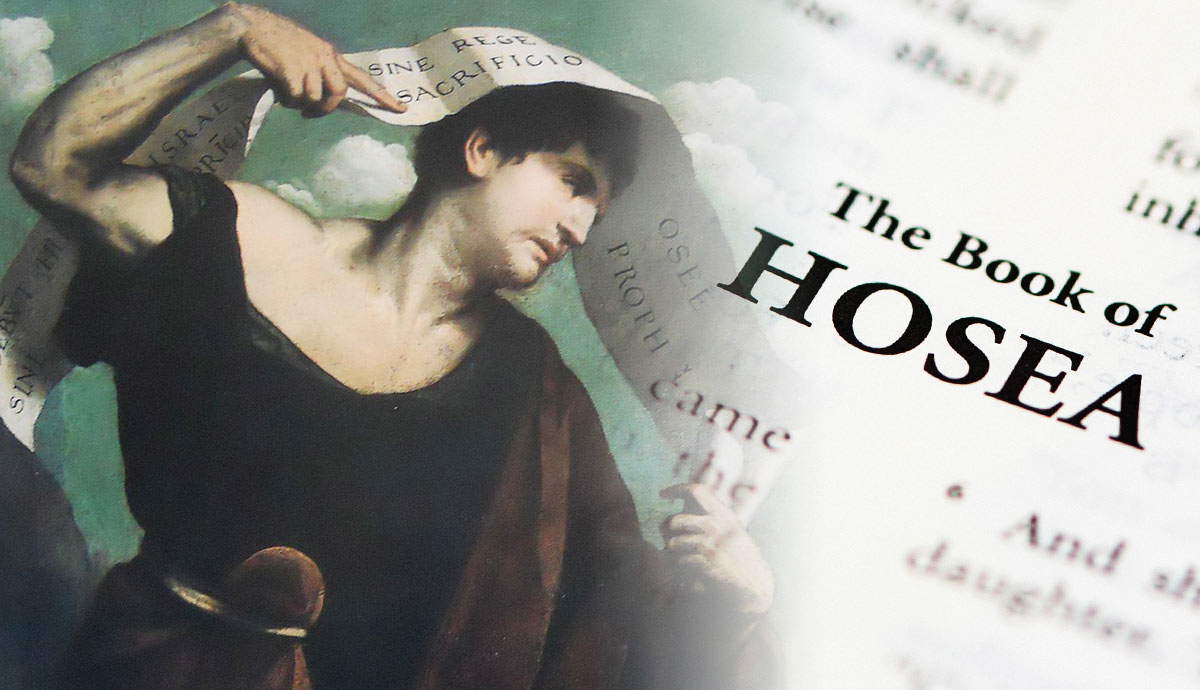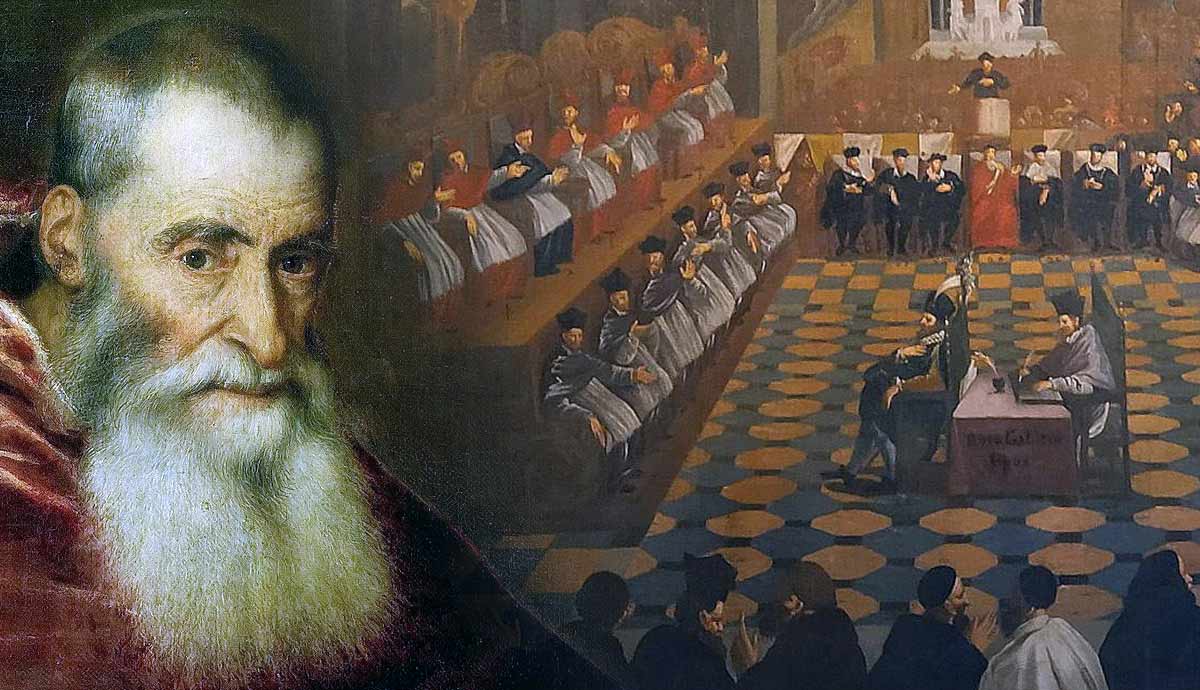
Disclaimer: This article aims to provide an objective overview of the history and controversies related to Scientology. The views expressed are based on reported events and perspectives from critics and supporters.
Scientology is one of the most secretive and debated organizations in the world. Known as the Church of Scientology, it presents itself as a religious movement focused on the betterment of humanity. However, critics argue that the organization’s practices are more focused on accumulating wealth and power.
L. Ron Hubbard: Founder of Scientology and Controversial Figure

Lafayette Ronald Hubbard was born in Tilden, Nebraska in 1911. As a child, Hubbard was known for his vivid imagination, though he struggled academically and left George Washington University after two years. Later, Hubbard re-enlisted during World War II after initially being rejected from the Navy. He was eventually discharged, with some accounts citing disobedience of commands.
Despite these early struggles, Hubbard eventually became a prolific writer, well-known for his ability to produce a high volume of material in a short period of time. He wrote in a variety of genres but is most acknowledged for his works of science fiction. However, some critics have argued that Hubbard’s motivations extended beyond writing, with ambitions toward wealth and influence.
In May 1950, Hubbard published an article in Astounding Science Fiction about a new science he had developed called “Dianetics.” Shortly after, Hubbard published his book, Dianetics: The Modern Science of Mental Health. The book became a bestseller and laid the framework for Scientology.
The Emergence of Dianetics

Hubbard marketed Dianetics as a new branch of psychological science. He claimed it was a form of therapy that would cure people of physical ailments caused by mental factors such as stress or internal conflict. Hubbard emphasized that Dianetics represented a significant development for human civilization, opening his book with the following statement:
“The creation of Dianetics is a milestone for Man comparable to his discovery of fire and superior to his inventions of the wheel and the arch. The hidden source of all psychosomatic ills and human aberration has been discovered and skills have been developed for their invariable cure.” (Dianetics: The Modern Science of Mental Health)
According to Dianetics, the optimum person is “clear.” Becoming “clear” is the ultimate goal of Dianetic therapy and is achieved through a process referred to as “auditing.” Hubbard claimed that traumatic moments in our lives reside as memories in our subconscious and that these memories cause us to become “unclear.” By working with an experienced “auditor” one could relive and refile these memories in the brain, curing oneself permanently of all psychosomatic mental illness.
Hubbard charged $25 per hour for auditing sessions and guaranteed that the state of “clear” was attainable to anyone who completed enough sessions. The Hubbard Dianetics Research Foundation also offered a one-month program that trained individuals on how to become a Dianetics auditor. The cost of the course was $500 per person. Within a year, Hubbard’s Foundation had taken in nearly $100,000 and established new outposts in New York, Chicago, Honolulu, Washington D.C., and Los Angeles.

Despite his success, Hubbard’s extravagant spending habits, coupled with serious doubts from academics and medical professionals about the efficacy of his therapy, led to the demise of the Dianetics movement in 1952. But this was only the beginning for Hubbard. From the ashes of Dianetics arose one of the most successful and controversial organizations the world has ever seen.
The Formation of Scientology

In 1952, Hubbard founded the The Hubbard Association of Scientology in Phoenix, Arizona. That same year he also published The History of Man. This publication laid the philosophical and cosmological foundation from which Scientology would develop.
In his work, Hubbard uses the word “thetan” as interchangeable with the word “being,” and says that ancient thetans created the universe. According to Hubbard, the existence of the universe caused these thetans to devolve into a degraded state. Hubbard taught that humans are unaware of their true identity as cosmic entities, which he called “thetans.” He claimed that only through the practices of Scientology and auditing could individuals return to their native state.
While Hubbard had portrayed Dianetics as a path to pain-free living, he promised Scientology as the gateway to immortality. The cost of services within Scientology increased over time, with some auditing sessions reportedly costing up to $1000 an hour, depending on the auditor’s skill level. Also, within this new association was a policy requiring each Scientology organization to pay ten percent of its weekly gross income directly to Hubbard.
In 1953, Hubbard restructured the organization into the Church of Scientology. Tax exempt status was denied to the church in 1958 on the grounds that Hubbard was making a substantial personal profit from Scientology. By then, Scientology had evolved into an international movement with more than 100 organizations in the United States alone. Despite this temporary setback, Scientology was flourishing across the globe, and Hubbard’s influence and wealth grew significantly.
Scientology and the Sea Org

In 1959, L. Ron Hubbard moved to England where he intended to make his new home, called St. Hill, a control center for Scientology worldwide. He and his family lived lavishly at St. Hill, employing a butler, a nurse, and tutors for his children. St. Hill is also where Hubbard implemented the practice of “security checking,” a process involving personal questioning under auditing. Critics claim this practice was used to gather information that could discourage members from leaving the church.
Following efforts by various countries to push back against Scientology, including in Hubbard’s new home, the UK, Hubbard devised a plan to escape troublesome bureaucracy and investigations. The “Sea Organization,” or “Sea Org,” was a small fleet of three ships on which Hubbard expanded his indoctrination of high-level Scientologists. However, warnings were being issued across the globe and the Sea Org found themselves constantly expelled from ports as soon as local officials found out who was on board the vessels.
While at sea, Hubbard implemented disciplinary measures he called “ethics.” These included practices such as throwing crew members overboard, confinement, and assignment to the Rehabilitation Project Force (RPF). Critics have described the RPF as a harsh rehabilitation program involving intensive labor.
Faced with challenges at sea, Hubbard’s organization purchased a large hotel in Clearwater, FL, marking a strategic shift. The Sea Org continues as Scientology’s highest-level management group, and the organization’s presence in downtown Clearwater has grown significantly. Critics of Scientology claim that the organization has a strong influence in Clearwater, Florida, raising concerns about its involvement in local governance.
The Role of the Office of Special Affairs in Scientology

During Hubbard’s time at St. Hill, he founded the Guardian’s Office (G.O.). This was a private intelligence bureau intended to protect the interests of Scientology. Critics allege it was used against internal and external opponents of the church. A famous instance of the G.O. at work was against Paulette Cooper, author of The Scandal of Scientology. It has been alleged that the G.O. used Cooper’s fingerprints to make it appear as though she had typed bomb threats to the Church of Scientology. Cooper was indicted and faced 15 years in prison, exonerated only when FBI raids of G.O. offices uncovered the church’s plans to frame her. Also uncovered in FBI raids were other instances of intimidation by the church, as well as written policies regarding breaking and entering, bugging telephones, and infiltrating government organizations.
In 1973, the church initiated ‘Operation Snow White,’ an effort to have Scientology members work within various U.S. government organizations to obtain or remove information the church considered inaccurate or damaging. The most spectacular instance of Operation Snow White was the 1975 infiltration of the IRS by G.O. officer Michael Wolfe. Wolfe was hired as an IRS clerk and proceeded to steal 30,000 government documents pertaining to Scientology. He was eventually discovered and arrested by the FBI. According to reports, this led to Michael Meisner, the Scientologist overseeing the operation, being detained by the G.O. to prevent him from cooperating with authorities.
Meisner was able to escape and defect to the FBI, resulting in the federal conviction of eleven G.O. officials. In the 1980s, the Guardian’s Office(G.O.) was renamed the Office of Special Affairs in an effort to transform the agency’s image in the eyes of the public, but the goal of voraciously attacking the enemies of Scientology remained the same.
Financial Aspects of Scientology: A Key Debate

Many critics argue that Scientology has prioritized financial gain throughout its history. In a 1981 issue of Reader’s Digest, it was reported that Scientology grossed over $100 million a year. This was later substantiated by courtroom testimony from a Scientology defector, who also claimed at least $100 million had been illegally smuggled out of the U.S.
In an article titled What Your Donations Buy, Hubbard claimed donations made for services do not go directly to him. However, according to Forbes magazine and testimony from various defectors, it is estimated Hubbard was making $52 million a year from Scientology.
Hubbard also wrote a policy called How to Sell Scientology, where he instructed Field Staff Members (FSMs) to aggressively discuss the brutalities of psychiatry in comparison to Scientology. Field Staff Members were trained to recruit people for Scientology services, likening them to missionaries. Yet unlike missionaries, FSMs earned commission on the services they convinced people to buy.
Another policy, known informally as the “freeloader’s bill,” allowed members to sign a multi-year work contract with the Church of Scientology, allowing them access to free auditing and training. If a member decided to leave the church, they would receive a bill for all Scientology services rendered to them at full cost. Critics have pointed to certain policies and actions of the Church of Scientology as evidence that financial gain may have been a significant motivator behind its establishment.
Scientology Under David Miscavige

“For heaven’s sake, tell them I’m not God.”
— L. Ron Hubbard, quoted by Eric Barnes, Public Relations Chief of New York Church of Scientology. Sourced from Paulette Cooper.
the late 1970s, L. Ron Hubbard began living in seclusion, accompanied by a few of his most trusted followers, who were a part of what was known as the Commodore’s Messengers Association (CMO).
During the days of the Sea Org, the CMO was a group of mostly young women who were trained to be messengers, servants, and clones of Hubbard. It was also Hubbard’s intention that the children of the CMO would one day inherit the church. Plagued by poor health and betrayed by defecting Sea Org members, Hubbard lived in secrecy and was forced to relocate multiple times with his CMO companions.
In the 1980s, a massive reorganization of the church took place. With the quiet support of Hubbard, the grown children of the CMO purged Scientology of old-guard executives. This new ruling class of Scientologists forced all independent missions to become nationalized as part of Scientology Missions International. The missions, already in operation, were required to purchase a $35,000 mission starter pack and pay $15,000 per day for Scientology’s International Finance Police to review their finances.
On January 24, 1986, L. Ron Hubbard died. His followers were told, and believe, that he had simply moved on to his next level of research, which could not be attained in his human body.

After Hubbard’s death, David Miscavige assumed leadership of the Church of Scientology, taking the title of “Captain of the Sea Organization.” Since then, multiple former members have assisted journalists and filmmakers in documenting allegations of misconduct within Scientology.
Scientology has sparked debates and curiosity since its inception, leaving behind a complex legacy. Whether you see it as a genuine spiritual path or view its practices more critically, there’s no denying the impact it’s had on its followers and its critics. From its early days under L. Ron Hubbard to the controversies surrounding its current leadership, Scientology continues to be a topic of intense interest. It’s a story that’s still unfolding, and understanding all sides of it is essential for anyone seeking to grasp its full scope. We hope this article offers some clarity, but we also recognize that the conversation is far from over.
We invite readers to share their thoughts and experiences with Scientology in the comments section, fostering open and respectful dialogue on this complex and multifaceted topic.








